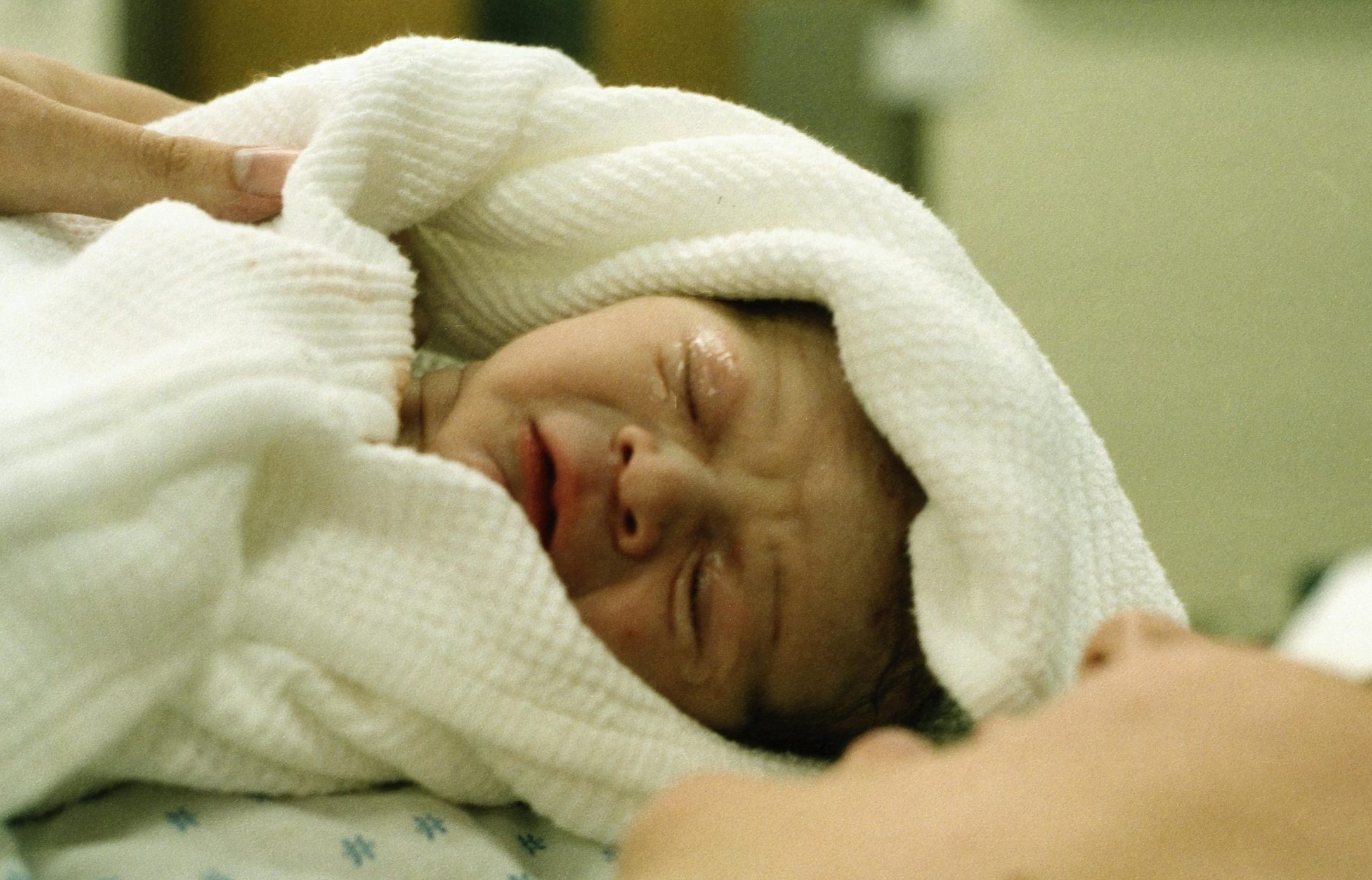Overview – Perfusion and oxygenation (PINK)
Major cardio-respiratory changes occur at birth in order to prepare the neonate for extra-uterine life. Transition at birth signals the moving (shunting) between in-utero circulation to extra-uterine adaptation to breathing. With the first breaths, the lungs start to take over the respiratory function previously carried out by the placenta. Sometimes pathological processes can disrupt the normal sequence of events and cause respiratory disorders. This chapter will explore some of the more commonly seen respiratory disorders (presentations in the SCN) in the neonatal period and will explore the role of the SCN nurse caring for an infant experiencing respiratory distress.
Learning Objectives
- Understand the stages of lung developmental
- Understand the role of surfactant
- Identify infants at risk & clinical manifestations Respiratory Distress
- Understand the pathophysiology of some of the more commonly seen causes of Respiratory distress
- Understand and discuss the pathophysiology of neonatal jaundice
- Managing oxygenation and perfusion in the neonate
There are four chapters to this section
- Development of the respiratory system – overview
- Respiratory disorders
- Neonatal Jaundice
- Managing oxygenation and perfusion in the neonate

Baby in white blanket by Tom Fisk used under Pexels licence
Special Care Nursery

